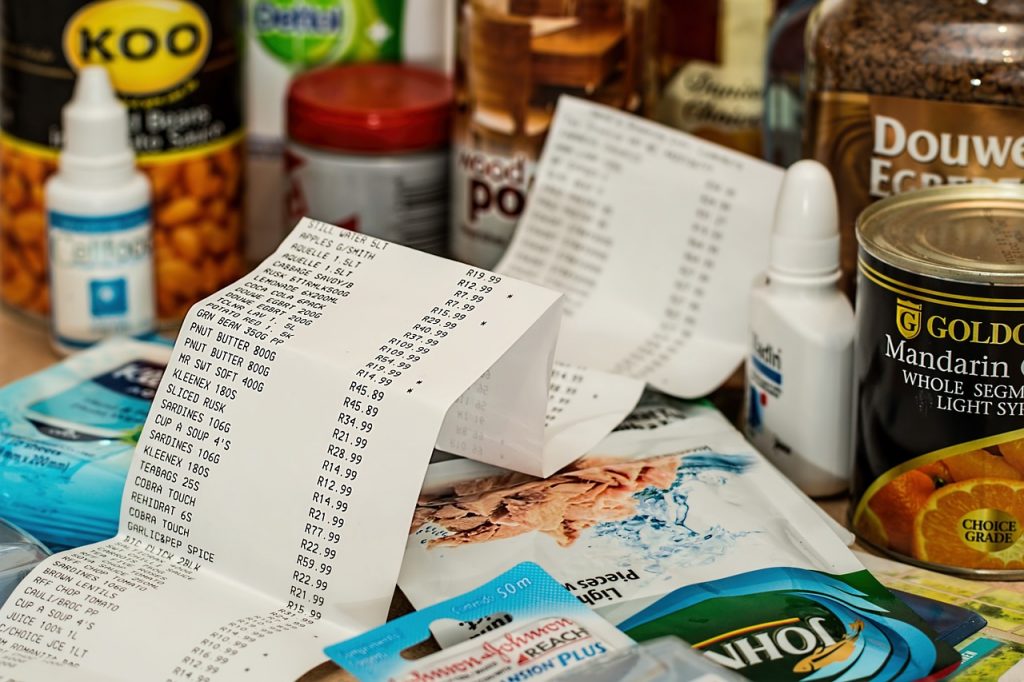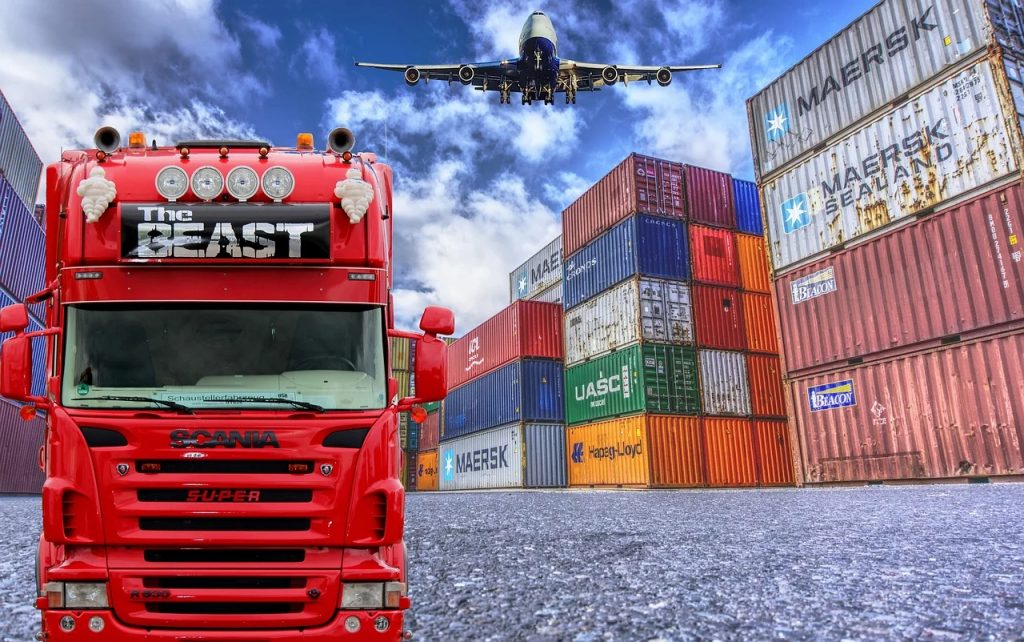When Food And Gas Prices Will Go Down
The Word Bank has released worrisome data relating to food and gas prices.
This article is more than 2 years old

Food and gas prices have consistently been on the rise in recent months. This trend is largely being fueled by the withstanding global supply chain crisis as well as a global energy crisis. These circumstances have in turn precipitated a stark increase in inflation rates that have had both profound and immediate effects on what things cost. Food and gas, in particular, have seen unprecedented surges in their prices, with one town in California dishing out nearly $8 for one gallon of gas. The World Bank, according to Newsweek, is now warning that this concerning trend is poised to last well into next year.
The World Bank cited in their Commodity Markets Outlook report on Thursday that consumers can expect to see energy costs increase by approximately 80 percent between now and this time next year. Food prices are also projected to increase by a vast margin as a symptom of the increase in fuel costs. The predicted significant rise in gas prices combined with hikes in food costs could also potentially contribute to issues involving food security in still-developing countries.

The United States’ domestic supply chain gridlock, as well as its reliance on gasoline, will also likely serve as a mitigating factor in the stark cost accelerations. Gas prices are currently averaging approximately $70 per barrel and are expected to increase to $74 dollars per barrel in 2022. However, the outlook for 2023 is looking more positive, as experts believe that many of the roadblocks put in place by the pandemic will have been alleviated by then which would elicit an overall decrease in food and energy prices.
Additionally, NBC News noted that while the supply chain impasse is a large contributing factor to the increase in gas prices as well as food, that it isn’t the only reason. In fact, the cause for such stark inflation is much more complex than that. They noted that climate change is also playing a big role in the growing trend, particularly in terms of food. This is because agriculture is inherently dependent on optimal weather conditions. Climate change has perpetuated an uptick in the weather’s unpredictability as well as an escalation in severe storms and natural disasters. All of these conditions have negative effects on the number of crops that farmers are able to harvest.
It is frightening to think that the inflated gas prices and food prices that the world populous is experiencing now are likely only a small taste of what could potentially come to pass in the future. In fact, Analog Atlas has created a tool that simulates what sustained rising temperatures would do to local landscapes. For instance, if the global temperature rises 2 degrees Celsius (and it is all but inevitable that it will) a farmer located near Denver, Colorado would see their landscape change to look something more like Santa Fe, New Mexico. Santa Fe is 300 miles southwest of Denver and has vastly different weather. Crops could not survive a change like that.
The shockingly stark increases in gas prices, as well as food, are concerning in the short term. The effects will certainly prove to put further strain on both the domestic and global populous’, but should begin to ease as 2022 comes to a close. However, when considering factors that could come into play in the long term, the world could really just be at the tip of the iceberg in terms of experiencing the kind of food and energy obstacles that the future could bring.




